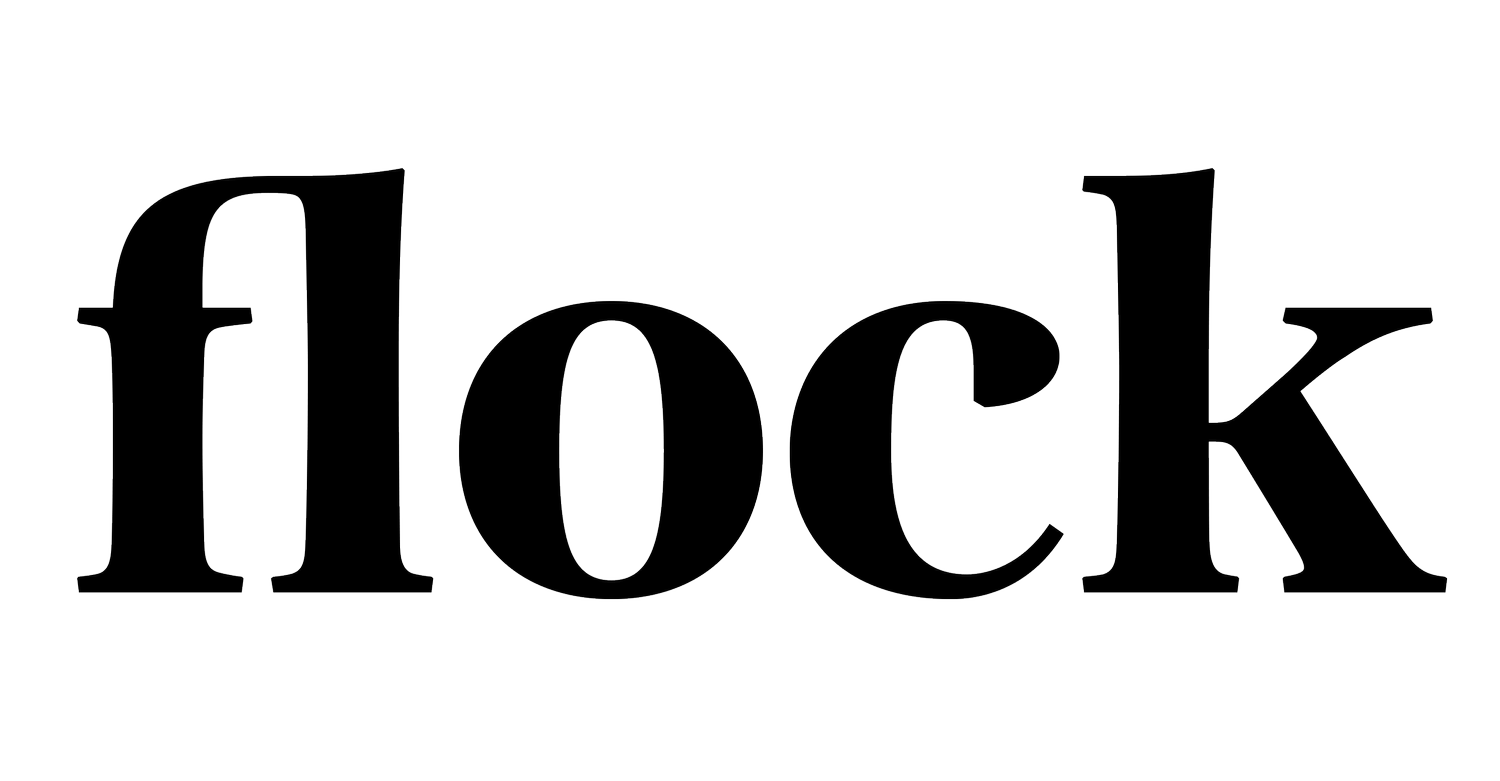Why Does Yarn Come in Skeins?
Our first in a mini-series of posts about all things to do with winding yarn asks why some yarn is sold in skeins or hanks rather than balls or cakes.
What is a Skein?
The term ‘skein’ means a length of thread or yarn that has been loosely coiled, (at one time a skein was a particular length of 360 feet of cotton or linen thread). Rather pleasingly, the term is also used for a flock of wild geese or swans in flight.
Here, I’m using skein to describe a length of yarn that has been loosely wound, then twisted and folded back on itself, with one end tucked through the other to secure it. This is sometimes also referred to as a hank or a twisted hank (check out this article from Interweave for more on the skein-hank distinction). Yarn from smaller suppliers or hand dyers is often sold in skeins, and needs to be wound into balls before it can be knitted or crocheted with.
Why is Yarn Sold in Skeins Rather than Balls?
There are several reasons why your yarn might have come as a skein rather than a ball:
Skeins travel and store better
Skeins take up less space, are easier to package, neater to stack and they don’t roll around. They also look neater after travelling as they are harder to snag or squash.
It’s better for the fibre
Storing yarn in skeins puts it under less tension than storing it in balls or cakes. If yarn is wound into a ball, the lengths on the outside could be stretched more than those on the inside which may result in an inconsistent gauge when it’s knitted. Keeping the yarn in skeins in the shop also means that there is less wear and tear on the yarn before it is sold. If you don’t plan to use your yarn straight away, it’s worth leaving it in the skein until you’re ready to start your project.
Skeins display the yarn really well
Yarn does look beautiful in skeins! Especially hand dyed, variegated or speckled yarns. Keeping yarn like this in skeins means that it’s easier to see all the lovely colours. From a shop’s point of view, skeins can be hung up or stacked on shelves much easier than balls of wool can.
It saves an extra production step
Yarn from smaller producers is often dyed or hand painted in small lengths which can then be easily twisted into skeins. Winding it into balls would be an additional step, which would increase production time and cost as industrial ball winding machines are expensive.
How to Prepare a Skein of Yarn for Knitting
The downside of getting your yarn in a skein is that you will need to wind it into a ball before you can use it. Attempting to knit from a skein will usually result in a tangled mess.
You have a few options for winding from a skein of yarn. It’s perfectly possible to untwist your skein and lay it on a flat surface, around the back of a chair, or have a willing friend hold it, and carefully wind a ball from it by hand. If you find that you’re doing this often, then it is definitely worth investing in a yarn swift and ball winder to speed up the process. You might also want to embrace a slow approach to winding your yarn and use a traditional nostepinne to hand wind centre-pull balls. Stay tuned as we will look at how to do all of these in more detail in the next few journal entries.




